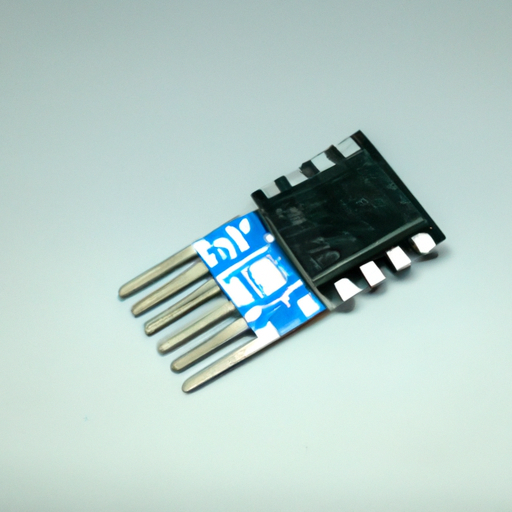Overview of Optoelectronics Technology
Overview of Optoelectronics Technology
Optoelectronics is a field that combines optics and electronics, focusing on the generation, manipulation, and detection of light. This technology is pivotal in various applications, ranging from telecommunications to consumer electronics, and is characterized by its ability to convert electrical signals into optical signals and vice versa.
Core Functional Technologies in Optoelectronics

Core Functional Technologies in Optoelectronics
| 1. Light Emitting Diodes (LEDs) | |
| 2. Photodetectors | |
| 3. Laser Diodes | |
| 4. Optical Sensors | |
| 5. Optical Fibers | |
| 1. Smart Lighting Systems | |
| 2. Optical Communication Networks | |
| 3. Medical Imaging | |
| 4. Consumer Electronics | |
| 5. Automotive Applications | |
| 6. Environmental Monitoring | |
Application Development Cases
Application Development Cases
Conclusion
Conclusion
Optoelectronics is a transformative technology that enhances functionality, efficiency, and user experience across a wide range of applications. As advancements continue in materials, design, and integration, the potential for new applications and improvements in existing systems remains vast, promising to drive innovation in various industries. The synergy between optoelectronics and other technologies, such as IoT and AI, will further expand its impact on society.
Overview of Optoelectronics Technology
Overview of Optoelectronics Technology
Optoelectronics is a field that combines optics and electronics, focusing on the generation, manipulation, and detection of light. This technology is pivotal in various applications, ranging from telecommunications to consumer electronics, and is characterized by its ability to convert electrical signals into optical signals and vice versa.
Core Functional Technologies in Optoelectronics

Core Functional Technologies in Optoelectronics
| 1. Light Emitting Diodes (LEDs) | |
| 2. Photodetectors | |
| 3. Laser Diodes | |
| 4. Optical Sensors | |
| 5. Optical Fibers | |
| 1. Smart Lighting Systems | |
| 2. Optical Communication Networks | |
| 3. Medical Imaging | |
| 4. Consumer Electronics | |
| 5. Automotive Applications | |
| 6. Environmental Monitoring | |
Application Development Cases
Application Development Cases
Conclusion
Conclusion
Optoelectronics is a transformative technology that enhances functionality, efficiency, and user experience across a wide range of applications. As advancements continue in materials, design, and integration, the potential for new applications and improvements in existing systems remains vast, promising to drive innovation in various industries. The synergy between optoelectronics and other technologies, such as IoT and AI, will further expand its impact on society.